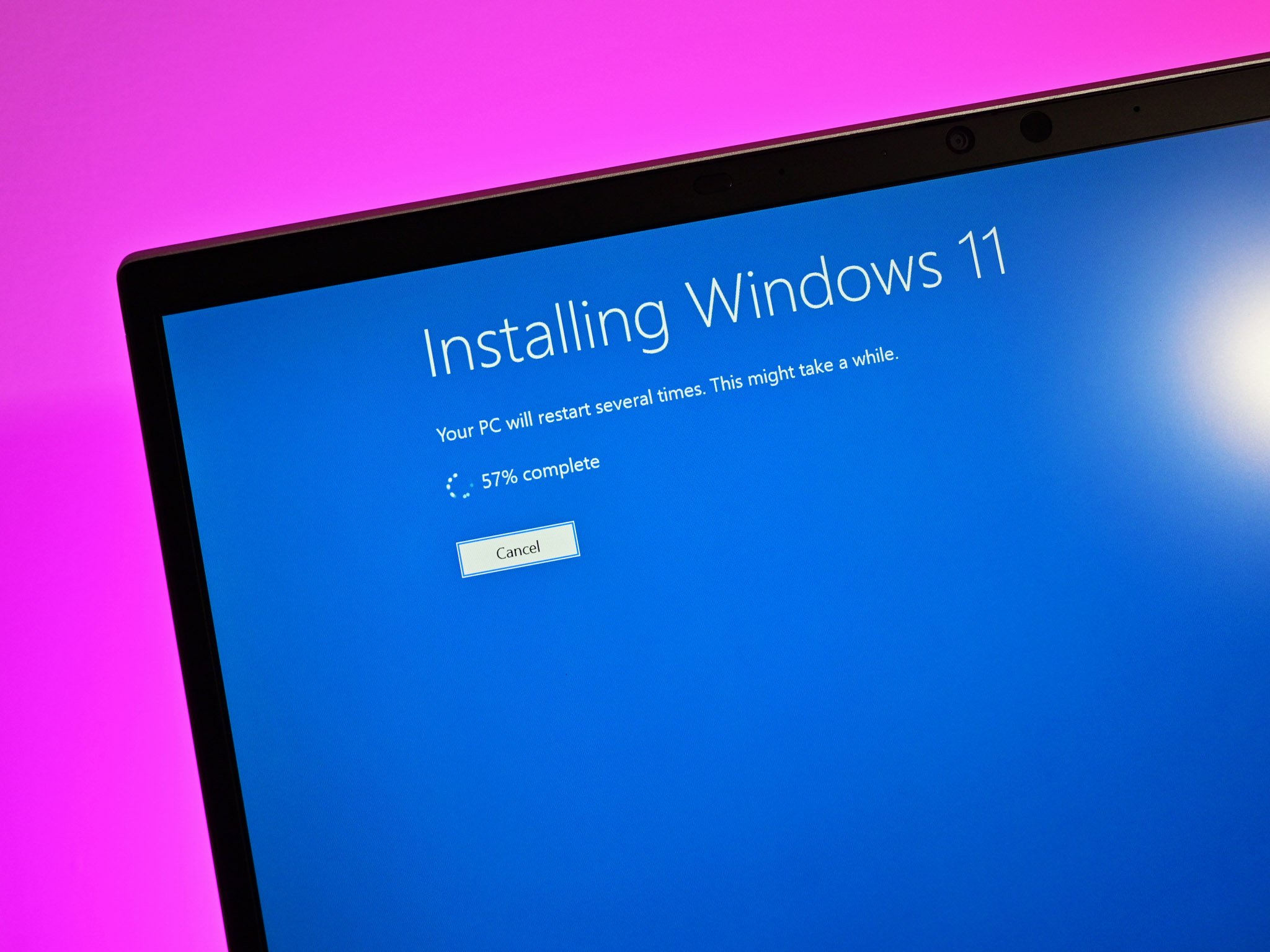There is an upgrade path for PCs moving directly from Windows 7 to Windows 11, but it's not as direct as upgrading from Windows 10.
What you need to know
- Upgrading directly from Windows 7 to Windows 11 will require a clean install or for you to reimage your PC.
- In contrast, PCs moving from Windows 10 will also have the option to upgrade through Windows Settings.
- Only PCs that meet the minimum requirements for Windows 11 will be able to upgrade to the new operating system.
If you plan to upgrade your PC directly from Windows 7 to Windows 11, you'll have to go through a bit of a longer process. PCs that meet the Windows 11 minimum requirements will have to perform a clean install or reimage a PC to go directly to Windows 11. The details for the upgrade process are answered in an FAQ page from Lenovo about Windows 11.
When asked about the upgrade path from Windows 7 to Windows 11, Lenovo explains:
Most devices available for purchase now will be upgradeable to Windows 11. You will have the option to upgrade, clean install, or reimage Windows 10 devices to move to Windows 11. For Windows 7 devices that meet hardware requirements, you will need to clean install or reimage to go directly to Windows 11.
It's unclear how many PCs currently running Windows 7 meet the minimum requirements of Windows 11. Windows 7 has been out of support since January 2020 and is now quite dated for an operating system.
The upgrade path from Windows 7 to Windows 11 may affect business and enterprise customers more than individual people. Some organizations still run Windows 7 across networks of PCs.
If people don't want to perform a clean install, they could upgrade a PC to Windows 10 first and then upgrade to Windows 11.





0 comments:
Post a Comment